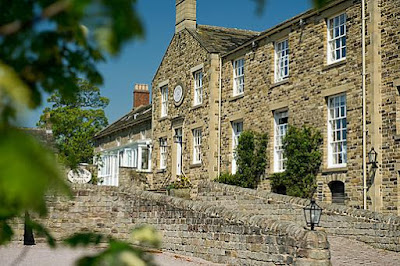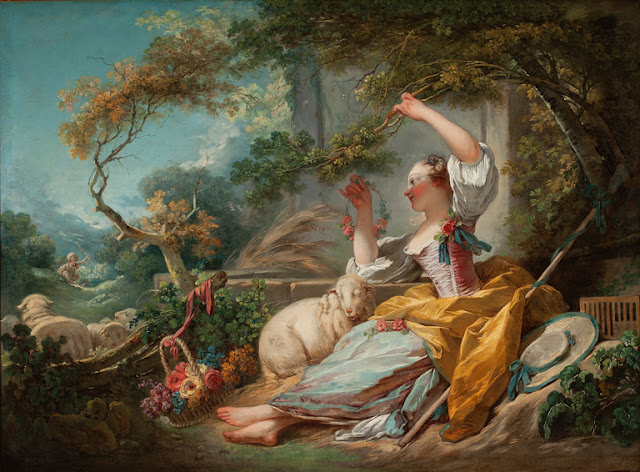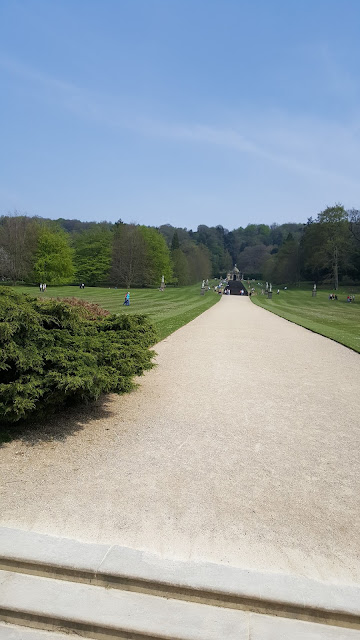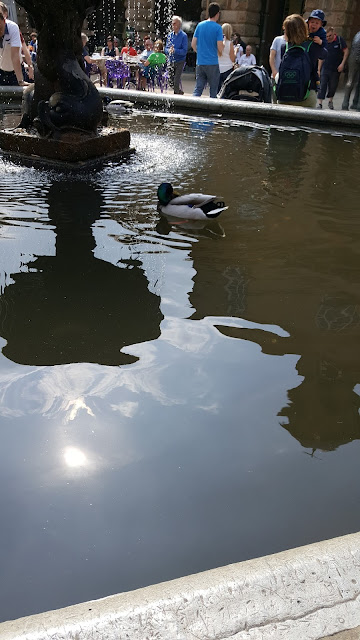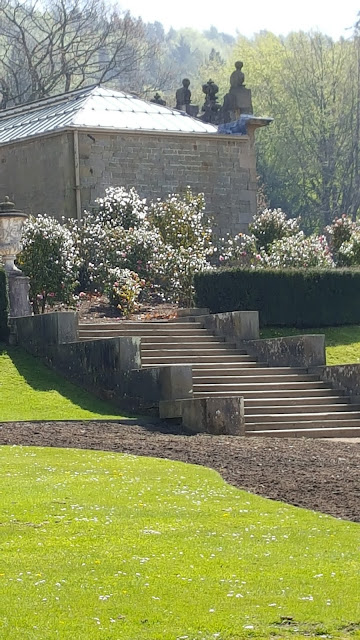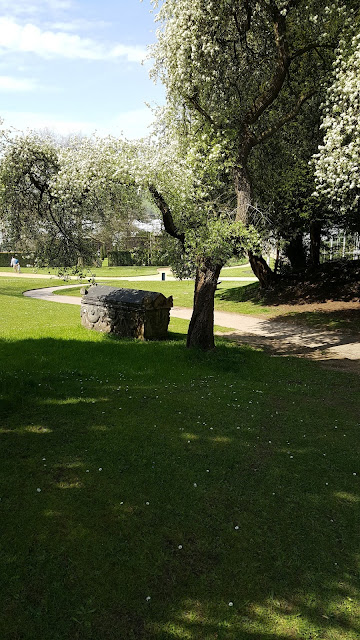Originally published October 3, 2014
I recently had a free day in Paris and talked my husband Ed into accompanying me to visit the Chateau de Malmaison in the town of Rueil-Malmaison, about seven miles outside the city.
Josephine’s portraits in the Emperor’s Apartment
Josephine in 1806, by Henri-Francois Riesener
Josephine purchased the chateau (built in the 17thCentury) in 1799 and used it as her retreat from the rigors of life as the eventual Empress of France in the Tuileries Palace. In this charming country house, she could cultivate her roses and enjoy peaceful solitude or host intimate soirees and picnics with chosen guests.
The Entrance Hall
Josephine was born on the Caribbean island of Martinique, June 23, 1763, named Marie-Joseph-Rose de Tascher de la Pagerie. She grew up among the sugar plantation society on the island At age seventeen, she went to Paris for an arranged marriage to Count Alexandre de Beauharnais. With him she had two children, a son, Eugene de Beauharnais (1781-1824) and a daughter, Hortense (1783-1837). Imprisoned during the Revolution, the Count was guillotined in 1794, but Josephine was released.
The Billiard Room
When she met the young officer Napoleon Bonaparte (1769-1821), he fell madly in love with her. Until he renamed her Josephine, she was known as Rose. They married in 1796. In December 1804, in the Cathedral of Notre Dame, Paris, Napoleon crowned himself Emperor and Josephine Empress of France, in the presence of the Court and the Pope.
Le Salon Doré
Unable to bear any more children, Josephine reluctantly agreed to separation and divorce. In December 1809, she moved permanently to Malmaison.
 |
| The Music Room
Josephine’s Harp and Pianoforte
|
Napoleon married Marie Louise, daughter of Austrian Emperor Francis I, and a year later, in 1811, his only legitimate child was born. He was named Napoleon, designated the King of Rome. [This unfortunate young man, so greatly anticipated, died in his early 20’s.]
Dining Room
In April, 1814, Napoleon abdicated, turning Paris over to the Allied Powers of Europe and Britain, and going into exile on Elba. In May of 1814, Josephine died at Malmaison, of pneumonia, which developed from a cold she caught while walking in her garden with the Russian Tsar Alexander, one of the victorious allies in the first defeat of Napoleon.
La Salle du Conseil (Council Room)
Portrait of Thomas Jefferson, in the Council Room
Napoleon, though not always faithful to Josephine, remained attached to her for the rest of his life, even through his divorce and re-marriage. After her death and before his final exile to St. Helena, Napoleon returned to Malmaison for a farewell visit.
La Bibliothéque (The Library)
By her first husband, Josephine was the grandmother of Napoleon III, son of her daughter. She is also an ancestress of numerous European Royals.
So far, all my pictures were taken in rooms on the ground floor of the house, all with doors opening into the gardens. Upstairs were the private chambers of Napoleon and Josephine each with their own apartments, i.e. suites of rooms.
two angles on Le Salon de l’Empereur
La chamber à coucher de l’Empereur
Napoleon’s shaving stand
The two personal apartments are divided by rooms containing treasures the couple accumulated.
Ceremonial Swords
A version of David’s Napoleon Crossing the Great Saint-Bernard Pass
Josephine’s gold table service
The suite of rooms belonging to Josephine begins with a sitting room filled with red velvet and gilt chairs with white swan armrests, unique in my experience, Not even the Prince Regent had these! I can only assume that he never heard of them.
Three Views of the Frieze Room, named for the Greco-Roman frieze, also featuring swans
La chambre à coucher de l’Impératrice
Note the Swan theme continues.
Washstand of Mahogany and Sèvres porcelain
Next to the tented bedroom is another bedroom, known as La chamber ordinaire de l’Impératrice and Le Cabinet a toilette.
After Josephine’s death, son Eugene lived at Malmaison; later it was sold several times before being presented as a gift to the nation of France by Daniel Iffla (known as Osiris), art enthusiast and philanthropist, whose collections can be seen in a small museum on the chateau’s grounds.
More soon on Malmaison’s gardens.
If you want to visit, allow about 90 minutes each way on the Metro (to La Defense) and by bus. Malmaison is currently closed on Tuesdays.

